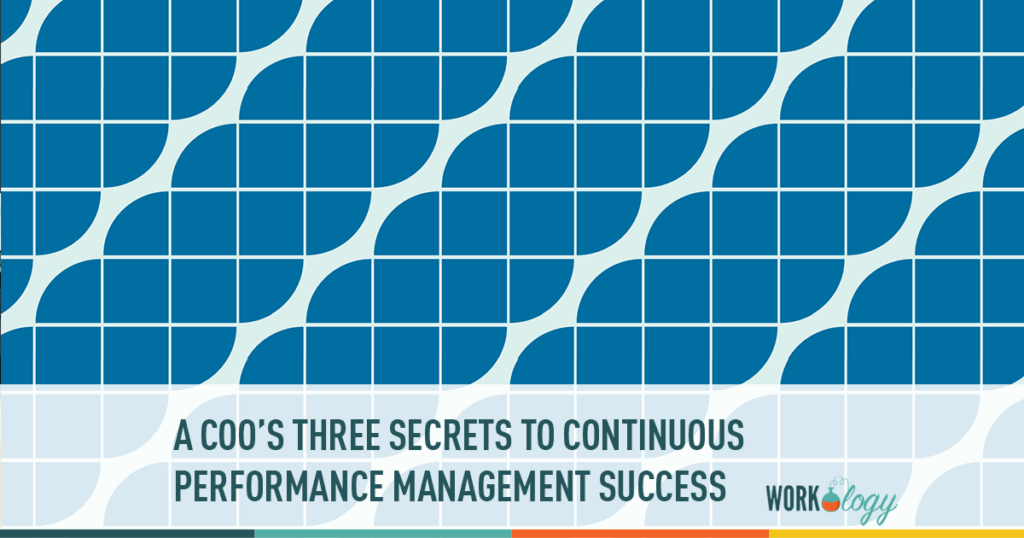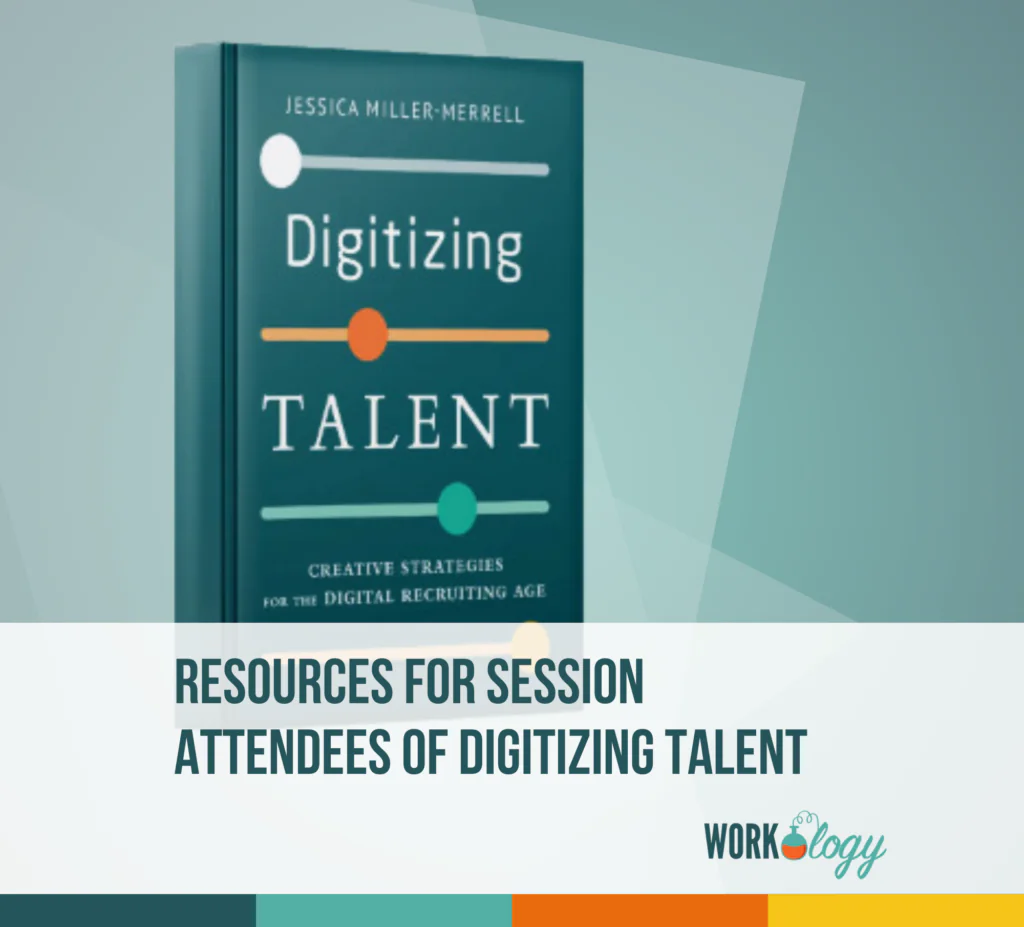You often hear business leaders talk about how their team members are their biggest asset and their top priority, and as a COO I know this to be true. Over the last two decades we have evolved and shifted our business from service work to providing end-to-end fabrication services, from engineering and design all the way through to manufacturing and installation of commercial awning, canopy, and sign products for projects of any size. Our business is supported by a complex and diversely skilled workforce made that is split roughly equally between office and knowledge workers and manual laborers doing manufacturing or on-site installers. I like to think of managing our company like a top-tier sports team; everyone plays different positions, but we all need to be on the same page strategy-wise for us to win.
A COO’s Three Secrets to Continuous Performance Management Success
Initially, our business planning done annually and rooted in complex, wordy documents that made it difficult to align all the different teams and to track and measure progress. As we were evaluating new methodologies for business planning and performance management, we knew we needed a way to set our corporate priorities so that every team and individual could align their work to them. We also recognized that we needed this to be a more agile process, because setting priorities just once a year doesn’t take into account how quickly our marketplace moves.
Finally, we wanted this process, from goal setting to the progress made towards those goals, to be continuous and transparent to everyone in the company. Given the complexity of our workforce, we definitely needed software help. While there are a number of technologies out there which say they track and align goals, Betterworks is the one we chose because their platform supports an Objective and Key Result (OKR) structure, company wide transparency and, crucially, facilitates the continuous quarterly conversations we want to have with every employee to keep them aligned and motivated.
Initially, our business planning done annually and rooted in complex, wordy documents that made it difficult to align all the different teams and to track and measure progress. As we were evaluating new methodologies for business planning and performance management, we knew we needed a way to set our corporate priorities so that every team and individual could align their work to them. We also recognized that we needed this to be a more agile process, because setting priorities just once a year doesn’t take into account how quickly our marketplace moves.
Finally, we wanted this process, from goal setting to the progress made towards those goals, to be continuous and transparent to everyone in the company. Given the complexity of our workforce, we definitely needed software help. While there are a number of technologies out there which say they track and align goals, Betterworks is the one we chose because their platform supports an Objective and Key Result (OKR) structure, company wide transparency and, crucially, facilitates the continuous quarterly conversations we want to have with every employee to keep them aligned and motivated.
So as you consider your deploying your own Continuous Performance Management program, here are three critical lessons to keep in mind:
1. Tie Performance Management to Business Goals
Every business needs ever higher performance from its entire team, but performance management isn’t just about giving feedback or recognition; it should be about helping your workforce understand the business’ top priorities and how their daily work fits into the big picture helps progress those goals. Workers are more motivated and engaged when they are able to see the value that their work contributes, but many employees simply don’t know what is expected of them at work. That’s why at the beginning of every quarter, our managers and their reports sit down and have a conversation about the most important things to achieve that quarter, and agree upon how best to achieve those objectives.
Having these conversations quarterly rather than annually ensures that our employees have a clearer understanding of their managers’ expectations of them, while making it easier for our managers to continuously assess how our overall strategy is aligning to individual performance. And by keeping the whole process publicly visible on the same platform so that other people at the company can see what others are doing and accomplishing, we were able to introduce a little bit of peer pressure and friendly competition, motivating everyone to work a little bit harder.
2. Make Sure Your Employees Know “What’s In It for Them”
For our knowledge workers, we positioned this shift of making conversations around priorities and goals more frequent and transparent as the means to make sure their manager is accountable and not changing the goal line mid way through the quarter. And for the other half of our workforce, from the first quarter we rolled it out to them we focused the conversation on their career development.
Shifting the conversation around an employee’s performance to a more forward-looking, development-focused stance is a great way to improve motivation. As part of their quarterly conversations, our managers now collaborate with their reports to set one professional development goal, such as ‘how can we get you to the next level as a welder?’ The result is that instead of feeling like their managers are micromanaging them or questioning their work, our workers feel invested in and motivated to get the next level in their career.
3. Take the Time Your Organization Needs to Set Itself Up for Success
Transitioning any organization to Continuous Performance Management doesn’t happen overnight. Every company is different, and so the process you put in place should reflect that and be uniquely tailored to your business model. This will take time, but that’s ok because there is significant value in even the early steps of having your workforce writing down goals and talking with their manager.
In my organization, we knew the program wouldn’t succeed without executive buy-in, so that’s where we started. After securing their support, we sat down with our department-level leadership and had the conversations with them around getting them up to speed with this new methodology. But we kept the rollout at the leadership level for several months, so that by the time we rolled it out to the laborers we’d streamlined the process. We were able to see what was working and what wasn’t, so by the time we rolled it out throughout our organization we were able to ensure that the process was working and was delivering value to every level of the organization.
I’m not “in” HR, but as COO I truly care about how I motivate each and everyone on the Arch Fab team, a sentiment that I’m sure is shared by the leadership of every company. And by transitioning to a performance management model that emphasizes career development, communicating clear expectations and providing more frequent opportunities for communication throughout all levels of your organization, you set both employees and the organization at large up for success.







